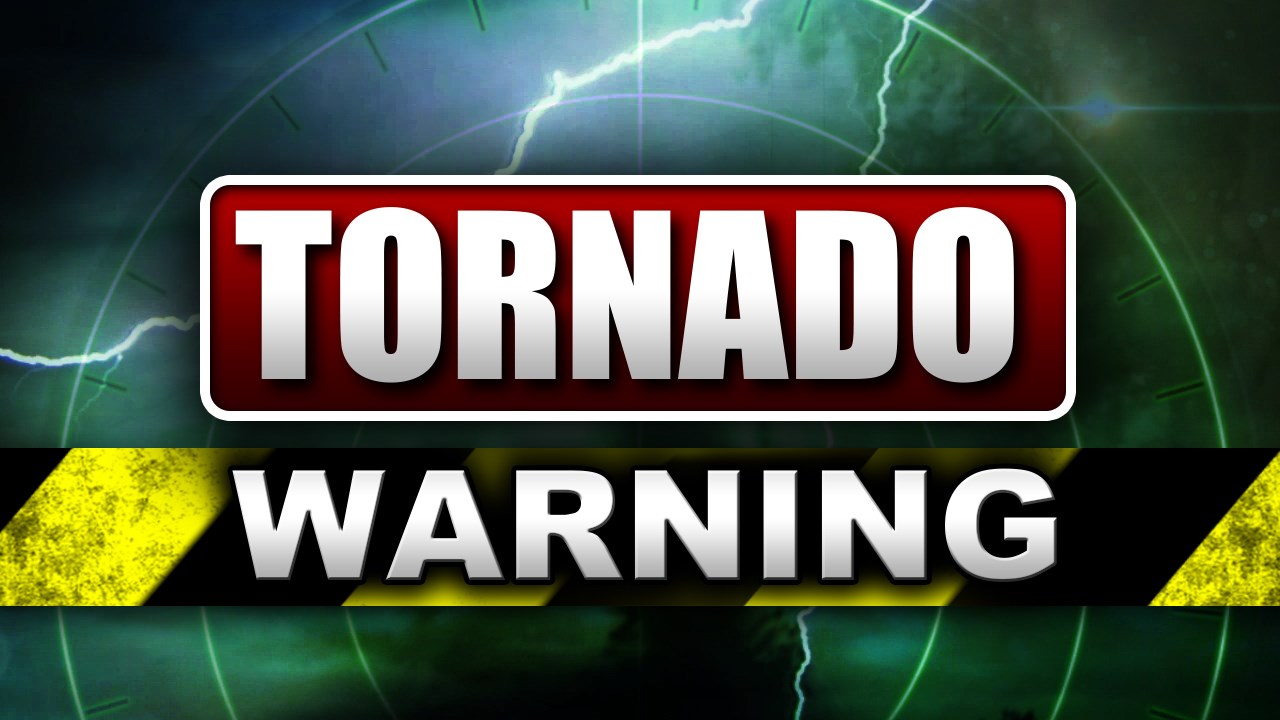Tornado Warning

A tornado warning is a crucial alert issued by meteorological agencies to inform the public of an imminent or ongoing tornado threat. Its primary purpose is to provide timely information and guidance to individuals within the affected areas, enabling them to take immediate protective actions and seek shelter.
Tornadoes are violent and destructive weather phenomena characterized by rotating columns of air that extend from the base of a thunderstorm cloud to the ground. They can cause catastrophic damage to infrastructure, property, and life. The severity of a tornado is often measured using the Enhanced Fujita Scale (EF Scale), which rates tornadoes on a scale from EF0 to EF5 based on the intensity of their winds and the extent of the damage they cause.
A tornado warning signals the imminent threat of a tornado, urging us to seek shelter. This posibilidad de tornado reminds us of nature’s unpredictable force. As the storm approaches, it’s crucial to stay informed, monitor weather updates, and heed the guidance of local authorities.
Tornado Warning Indicators
Tornado warnings are typically issued when meteorologists detect signs of a developing or imminent tornado. These indicators may include:
- A rotating wall cloud or funnel cloud extending from the base of a thunderstorm
- Persistent and intense rotation within a thunderstorm cloud
- Debris or dust swirling rapidly near the ground
- Eyewitness reports of a tornado
- Radar signatures indicating strong rotation and velocity gradients within a thunderstorm
Tornado Warning Statistics
Tornadoes occur in various parts of the world, with certain regions experiencing a higher frequency and intensity of these events. In the United States, for instance, the central and southern plains, known as Tornado Alley, are particularly prone to tornadoes.
When tornado warnings blare, our hearts pound with unease. Yet, amidst the fear, a flicker of hope emerges. Posibilidad de tornado websites offer solace, providing real-time updates and guidance to help us navigate the storm. With each click, we gain a glimmer of reassurance, knowing that we are not alone in this tumultuous dance with nature.
According to the National Oceanic and Atmospheric Administration (NOAA), an average of 1,200 tornadoes are reported annually in the United States. The majority of these tornadoes are weak and short-lived, but even weak tornadoes can cause significant damage and injuries.
The impact of tornadoes can be devastating. They can destroy homes, businesses, and infrastructure, resulting in loss of life, injuries, and economic losses. In the United States, tornadoes are the most frequent cause of weather-related fatalities, with an average of 60 to 70 deaths reported each year.
Preparing for a Tornado Warning
In the face of a tornado warning, swift and decisive action can make all the difference. Having a comprehensive safety plan in place can guide your actions and increase your chances of staying safe.
Design a Comprehensive Safety Plan
Establish a designated safe space within your home, such as a basement or an interior room without windows. Plan evacuation routes to this shelter from various points in the house.
Identify potential hazards in your surroundings, such as loose objects or unstable structures, and take steps to secure them.
Discuss the safety plan with all household members and ensure everyone understands their roles and responsibilities.
Organize an Emergency Kit
Assemble an emergency kit containing essential supplies, including:
- Water (one gallon per person per day)
- Non-perishable food (e.g., canned goods, granola bars)
- First-aid kit
- Medications
- Flashlight and extra batteries
- Battery-powered radio
- Whistle or air horn
- Copies of important documents (e.g., ID cards, insurance policies)
Keep the kit in an easily accessible location and ensure everyone knows where it is.
Identify Safe Shelters and Evacuation Routes
In addition to your designated safe space within your home, identify alternative shelters in your community, such as community centers or designated storm shelters.
Plan multiple evacuation routes to these shelters and practice them with your family.
Stay informed about local tornado warnings and evacuation orders, and be prepared to act quickly if necessary.
Responding to a Tornado Warning

Upon receiving a tornado warning, immediate action is crucial for safety. Seek shelter in a sturdy building or designated tornado shelter. If outdoors, find a low-lying area and lie flat, covering your head with your hands.
Tornado Shelters
Various types of tornado shelters offer varying levels of protection. Here’s a comparison:
| Shelter Type | Effectiveness |
|---|---|
| Basement | High: Provides good protection from wind and debris. |
| Storm Cellar | Very High: Specially designed underground shelter with reinforced walls and roof. |
| Interior Room on Ground Floor | Moderate: Offers some protection from wind, but not debris. |
| Above-Ground Safe Room | High: Pre-fabricated shelter designed to withstand high winds and debris. |
Importance of Staying Informed
During a tornado warning, it’s essential to stay informed. Monitor weather updates through local news, weather apps, or emergency alerts. This information will help you make informed decisions and stay ahead of the storm.